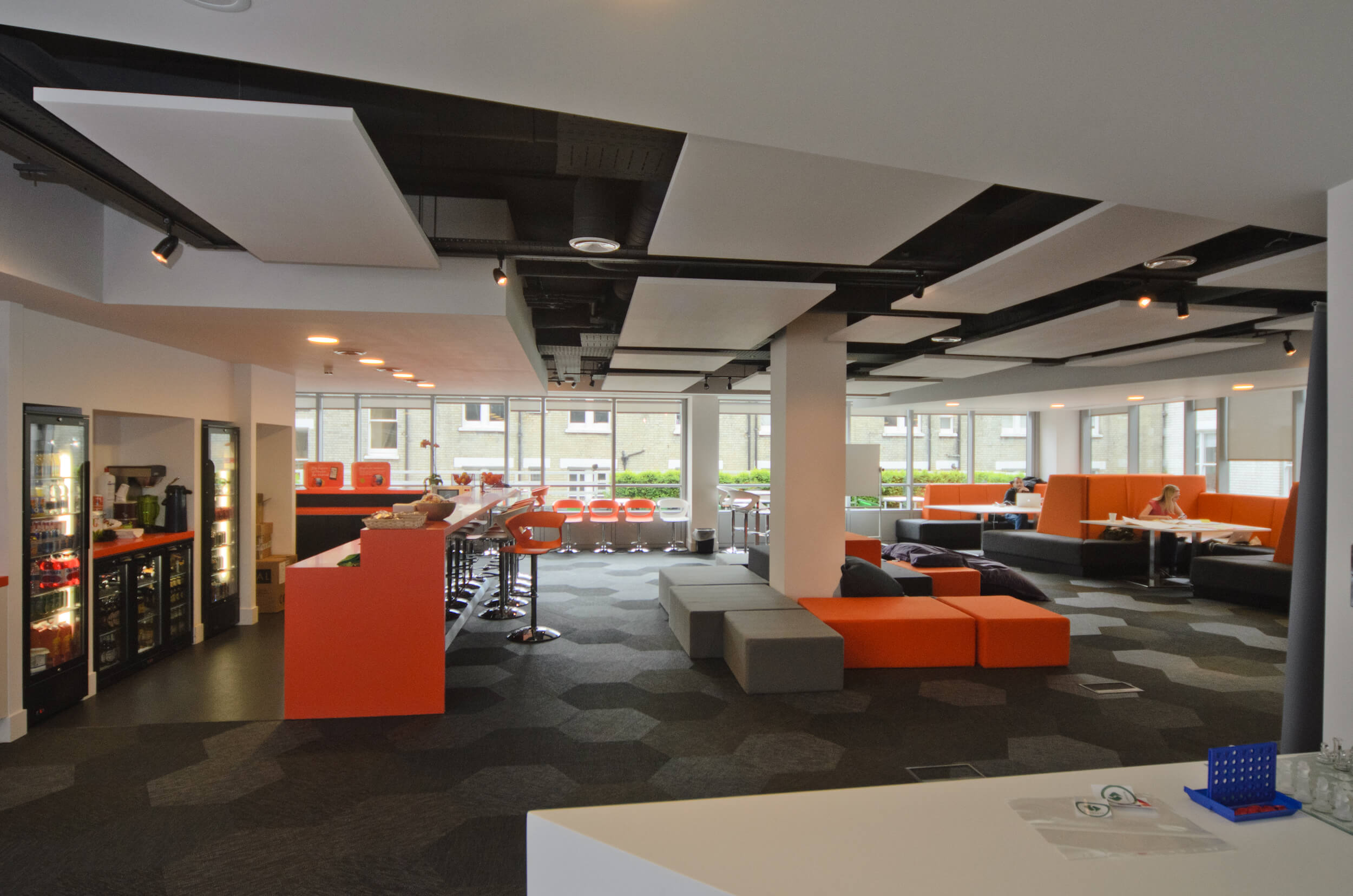8 Effective Employee Motivation Techniques For The Workplace
Many businesses invest resources into improving employee productivity and employee performance. Often, however, company leaders overlook the importance of employee motivation.
A motivated and engaged employee will have high workplace productivity and performance. Investing in employee motivation strategies will allow your company to create a company culture where every team member is motivated to grow and succeed in their roles.
In this article, we’ll explore 8 different employee motivation techniques and how you can apply them to your work environment.
Why Is It Important To Motivate Employees?
A workplace where employee motivation is particularly low often sees staff members working at a slower pace and spending more time on their phones than on their tasks. This then translates to lower employee engagement, less employee input, and poor employee productivity.
In contrast, a workplace that spends time and resources motivating employees sees more enthusiastic staff members who take pride in their work. Motivated employees are more likely to finish their tasks faster and come up with innovative ideas that could help in achieving company goals.
There are plenty of benefits to investing in employee motivation strategies, including:
Better Productivity
Investing in employee motivation techniques encourages people to work productively, leading to better revenue outcomes. Conversely, it helps with improving the employee experience and promotes employee satisfaction.
More Innovative Ideas
Motivating employees through giving rewards or creating an employee recognition or incentive program fosters a culture of innovation.
Reduces Absenteeism
Employers who invest in employee motivation are also indirectly investing in programs that reduce stress, thereby lowering staff absenteeism.
Lower Staff Turnover
Employee motivation goes hand-in-hand with employee benefits. As such, investing in both help contribute to high employee retention rates. When they receive incentives for their work, your team members will have higher job satisfaction and are unlikely to leave the company, especially if no other business can match their current compensation package.
Effective Employee Motivation Strategies

- Create a pleasant workplace environment
No one wants to work facing the gray wall of their office cubicle for eight full hours. One great way to keep your employees motivated is by having an aesthetically pleasing, well-lit space to work in.
In line with this, it may be best to replace your ancient computers with a more modern system. You can also invest in furniture from local artists or find unique pieces at the flea market.
If possible, you can also consider having an open floor plan. You can use rugs or dividers to break up different spaces. You can also add a dart board or a shelf full of board games to elicit fun and laughter and give employees a chance to connect with their colleagues during breaks.
Apart from redesigning your office, you can also offer good snacks or food in the workplace. A survey found that 57% of employees said food-based perks make them feel more valued and appreciated. The same survey found that 38% of employees working in companies with food-based perks would name their employer in a “best places to work for” survey.
- Ask your employees for input
If there is anyone who knows what employees need to stay motivated, it’s the employees themselves. This is why it is important to conduct regular surveys to get suggestions of ways that you can improve your workers’ working conditions and, in turn, their satisfaction.
Gathering frequent feedback will show your employees that you value their input. Just be sure to take action after you get the results of your poll back.
- Foster an environment where there is respect among colleagues
This is a no-brainer. When the management is not respectful or honest, the workplace environment quickly becomes toxic, leading employees to resign. Things like good communication, honesty, and respect are great at creating a workplace environment in which employees are happy to work.
As a starting point, check out books or blogs on effective management. Remember, employees will become more loyal if the company leaders they work for are supportive. It will also help improve your company’s reputation, thereby attracting better talents.
- Offer enrichment programs
Creating enrichment programs for your employee is important in boosting team motivation and job satisfaction. Your program could include tuition reimbursements, especially for workers currently paying for college or continuing education costs. You can also send employees to participate in team-building activities that help foster healthy workplace relationships.
If you want them to improve certain skills, you should consider career development strategies that include enrolling them in a mentorship program or having them take certification courses paid for by your company. Doing this gives employees plenty of growth opportunities and makes it easier for your HR department to promote from within.
- Validate good work
Workplace recognition inspires team members to work harder and more efficiently. When you acknowledge their work, employees feel valued and more motivated to be more productive.
Workplace recognition does not have to involve giving employees expensive rewards. You can show your appreciation by giving them compliments or expressions of gratitude in person. You can also take the time to write a handwritten thank-you note.
- Share positive feedback
Compliments do not always need to come from higher-ups. Employees, especially those who are client-facing, would also feel motivated if they hear gratitude from their customers. If your clients express appreciation for a certain staff member, be sure to share that feedback with your team members.
It may seem trivial, but letting your employees know that they helped make someone’s day makes them feel good. This allows them to develop a deeper connection to your business and your company’s mission.
- Promote work-life balance
Technology has changed the way businesses operate, with many shifting out of the in-office model and into the remote working model. It has also contributed to a widespread change in how employees can work, with many seeking flexible scheduling.
If you’re hesitant about remote working, a Forbes study found that 46% of respondents said flexibility is the most important factor when it comes to searching for jobs. Additionally, 73% of employees said flexible scheduling increased their work satisfaction.
Providing flexible scheduling allows employees to better balance their working and personal lives. It also gives them the space to take breaks to improve their ability to stay focused at work.
- Create a positive culture
A positive work culture helps maintain motivation among employees. There are plenty of ways to foster a positive culture. First, company leaders themselves should radiate positivity. Second, allow employees to have fun, play music while working, and play games during breaks. Research shows that happiness can significantly boost employee productivity.
No upfront costs.




